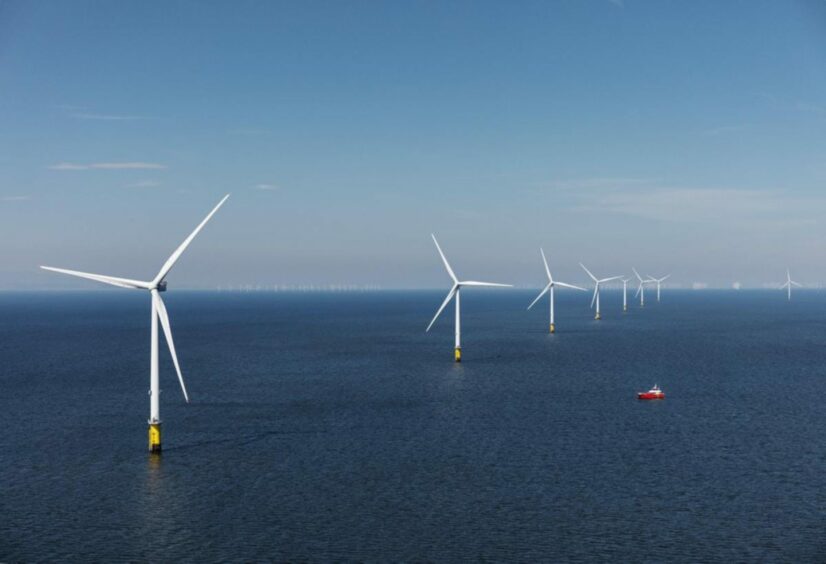
Orsted (CPH: ORSTED) is considering reusing the export cable from a failed US wind farm in its Hornsea development in the UK.
Speaking during an analysts call as part of the company’s results for the first half year of 2024, CEO Mads Nipper said that the Hornsea 3 and 4 projects are “where there is a potential for the reuse of the Ocean Wind 1 export cable, which is something we are already now planning and progressing”.
The Danish energy giant abandoned its Ocean Wind 1 and 2 projects in the US in November 2023 as the global offshore wind industry was hit by a perfect storm of rising supply costs and interest rates.
This made projects more expensive and left those that had secured offtake agreements scrambling to remain financeable.
The cancellation landed Orsted with $4 billion of impairments.
He added that while he does not have specifics for how it would be used in the construction, “this is where the most likely reuse of that cable would be, in which case it is something that would be financially beneficial,” he added.
The 2.9GW Hornsea 3 wind project will see up to 231 turbines installed around 75 miles off the Norfolk coast.
The project is expected to be completed around the end of 2027.
Hornsea 4 is a 2.6GW project off the Yorkshire coast, which will use up to 180 turbines. The firm is also part of a joint venture with plans to develop the 1GW Stromar floating wind farm off Caithness as part of ScotWind.
Earlier this year, Orsted laid out plans to get the company finances under control, saying it would pause dividend payments until at least 2025, cut its capacity targets by at least 24% to 35-38GW by 2030, and lose as many as 800 jobs.
US headwinds
Despite a strong performance compared to last year, US offshore wind projects continue to dog Orsted’s performance as it recorded another impairment on another project in the country.
Its operating profit for the first half year amounted to 14.1 billion Danish kroner ($2b) compared to 10.2b kroner ($1.5b) in the same period last year.
Earnings from offshore sites provided a large part of this growth, amounting to 11.3b kroner ($1.6b), which was an increase of 2.3b kroner ($338.5m) compared to the same period last year.
However, the company booked an impairment of $580 million led by slow progress on its Revolution Wind project off the coast of Connecticut and Rhode Island.
The site of Revolution’s onshore substation was found to have more extensive soil contamination than previously thought, with the additional work needed pushing the projects expected commissioning date back a year to 2026.
Nipper said that the root causes of the Revolution Wind delays and impairment are “dramatically different” to the those suffered by Ocean Wind 1 and 2.
A cancelled green hydrogen plant in Sweden, FlagshipONE, also contributed to the impairment.
Orsted said it’s on track for a full-year profit of 23b-26b kroner ($3.4b-3.8b), excluding new partnership agreements and cancellation fees.
Orsted took additional impairments due to updated valuations on the seabed leases for the cancelled Ocean Wind projects, which it still holds, and an increase in the long-dated interest rate across its US portfolio.
However, it managed to reverse earlier booked impairment losses on its Sunrise Wind as it was able to renegotiate a previous offtake agreement with New York in search of a higher price.
“While execution risks in US projects remain, the undervaluation of shares provides a safety margin for investors.”
Recommended for you
